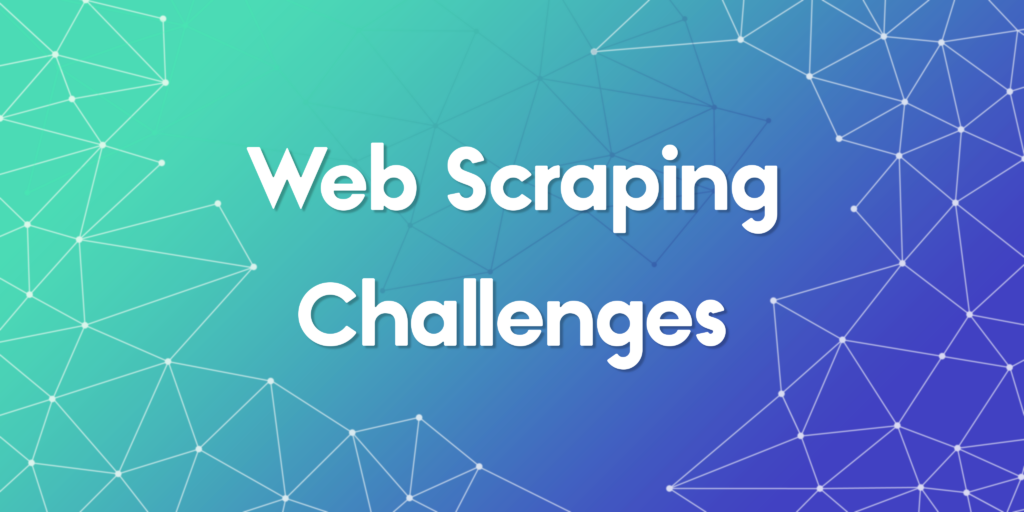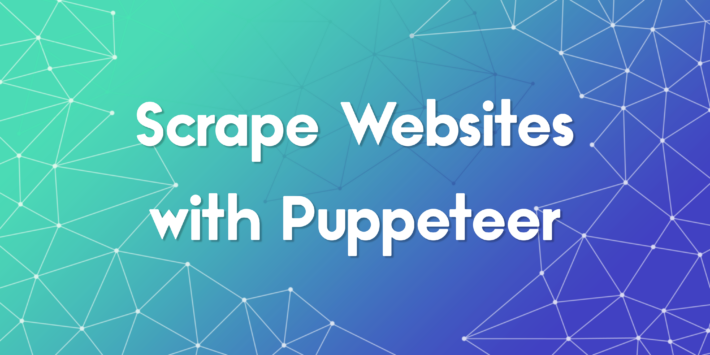Navigating Web Scraping Challenges with ProxyTee

Web scraping challenges are common among developers, data scientists, and businesses relying on automated data collection. Whether you are extracting product information, aggregating news, or analyzing market trends, scraping introduces both opportunities and obstacles. In this post, we will explore the most frequent web scraping challenges and how to effectively navigate them. Expect practical tips, technical insights, and a thoughtful look at the tools and strategies that can improve your scraping workflow. This guide is built to help you understand what causes scraping issues and how to overcome them with confidence and clarity.
Understanding Web Scraping Challenges in Modern Web
As websites evolve, so do the methods used to protect their data. One of the most noticeable web scraping challenges is the presence of JavaScript-driven content. Many sites now load information asynchronously using JavaScript frameworks, meaning the HTML source alone no longer holds the data. This requires scraping tools capable of executing scripts, which often increases complexity and slows down scraping speed.
Another major issue is rate limiting and IP blocking. Websites track traffic patterns and will throttle or block requests that appear automated. Using proxy services, rotating IPs, and adjusting request intervals can help manage this problem, but even with these precautions, getting blocked remains a constant threat. Understanding the behavioral signals that trigger bans is crucial to reducing the risk.
Adapting to Website Structure Changes
Scraping depends heavily on the consistency of HTML structure. One of the ongoing web scraping challenges is when target websites update their layout, change tag names, or hide data behind user interactions. These changes can break your parser or cause inaccurate data collection. Using CSS selectors or XPath in a modular and maintainable way helps quickly adapt to layout changes.
In addition, many developers now rely on headless browsers like Puppeteer or Playwright. These tools can interact with dynamic pages as if a real user was browsing, making it possible to bypass JavaScript challenges. However, this also introduces more resource overhead and setup complexity.
Overcoming Authentication and CAPTCHA Walls
Login walls and CAPTCHA protections are increasingly common on valuable data sources. These features block bots and require human actions, making them a major part of the web scraping challenges faced today. While scraping authenticated content is possible using session cookies or login emulation, solving CAPTCHAs often requires third-party CAPTCHA solving services or AI-based interaction tools.
Maintaining session state and cookies across multiple pages can also be a challenge. If not handled correctly, it results in incomplete or failed scrapes. Using libraries that simulate browser environments helps keep session state consistent.
Legal and Ethical Web Scraping Challenges
Aside from technical issues, developers must also consider the legal implications. Web scraping challenges are not just about code but also compliance. Sites may state in their terms of service that scraping is prohibited. Although public data is often considered fair game, you should always review and respect the legal guidelines in your jurisdiction.
Ethical scraping also means avoiding damage to target sites. Respecting robots.txt, limiting request rates, and not overloading servers are good practices. Being transparent and offering value in return, such as APIs or open collaborations, can sometimes turn a scrape into a partnership.
Tool Selection and Ecosystem Considerations
Choosing the right tools makes a significant difference in how easily you can overcome web scraping challenges. Libraries such as BeautifulSoup and Scrapy are great for static pages. For dynamic content, Puppeteer, Selenium, or Playwright are better suited.
Your choice should consider language compatibility, learning curve, scalability, and community support. Python-based tools often dominate due to rich ecosystems and ease of use, but Node.js solutions are increasingly popular for real-time applications.
Managing Data Quality and Storage
Even if you successfully scrape data, keeping it clean, consistent, and well-organized is a separate challenge. Duplicate entries, null values, and inconsistent formatting are common problems. Applying validation rules during or after scraping helps maintain data quality. Using structured storage solutions like PostgreSQL or cloud-based document databases makes it easier to search, update, and query the data efficiently.
Optimizing Performance at Scale
When scraping hundreds of thousands of pages, performance becomes a real concern. Handling concurrency, retry logic, memory management, and failure recovery are key web scraping challenges at scale. Frameworks like Scrapy support asynchronous requests and middleware to streamline these operations.
Implementing proper logging, error handling, and monitoring also ensures your scrapers continue to work reliably over time. Without this, scraping can become brittle and hard to maintain.
Comparing Tools to Tackle Web Scraping Challenges
- Browser Support: Tools like Puppeteer and Playwright support modern browser features and handle JavaScript well. Traditional libraries like BeautifulSoup or JSoup do not handle JS rendering.
- Ecosystem: Python offers a richer scraping ecosystem overall, especially with tools like Scrapy, Requests, and BeautifulSoup. Node.js has fast-growing support via Puppeteer and Cheerio.
- Language Support: Python is dominant in this space, but JavaScript solutions are becoming more versatile for live scraping tasks or browser control.
- Setup Complexity: Static scrapers are simple to set up. Headless browsers require more configuration and system resources.
- Speed: Static HTML scrapers are fast but limited. Headless scrapers are slower but more powerful for complex pages.
- Community: Python-based tools have mature documentation and larger user bases. JS-based solutions are catching up quickly with real-time integrations and cloud support.
Future Outlook for Handling Web Scraping Challenges
Web scraping challenges will continue to evolve as the internet becomes more interactive and protected. Machine learning and browser automation are starting to merge with traditional scraping, opening new ways to handle CAPTCHAs, detect layout changes, and even simulate user behavior more realistically. Cloud platforms are also offering scraping as a managed service, reducing technical barriers for teams without deep scraping expertise.
Looking ahead, the most successful scrapers will be those that blend technical skill with ethical awareness. Staying adaptable, automating intelligently, and respecting limits are the best ways to succeed as scraping gets smarter, stricter, and more sophisticated.


